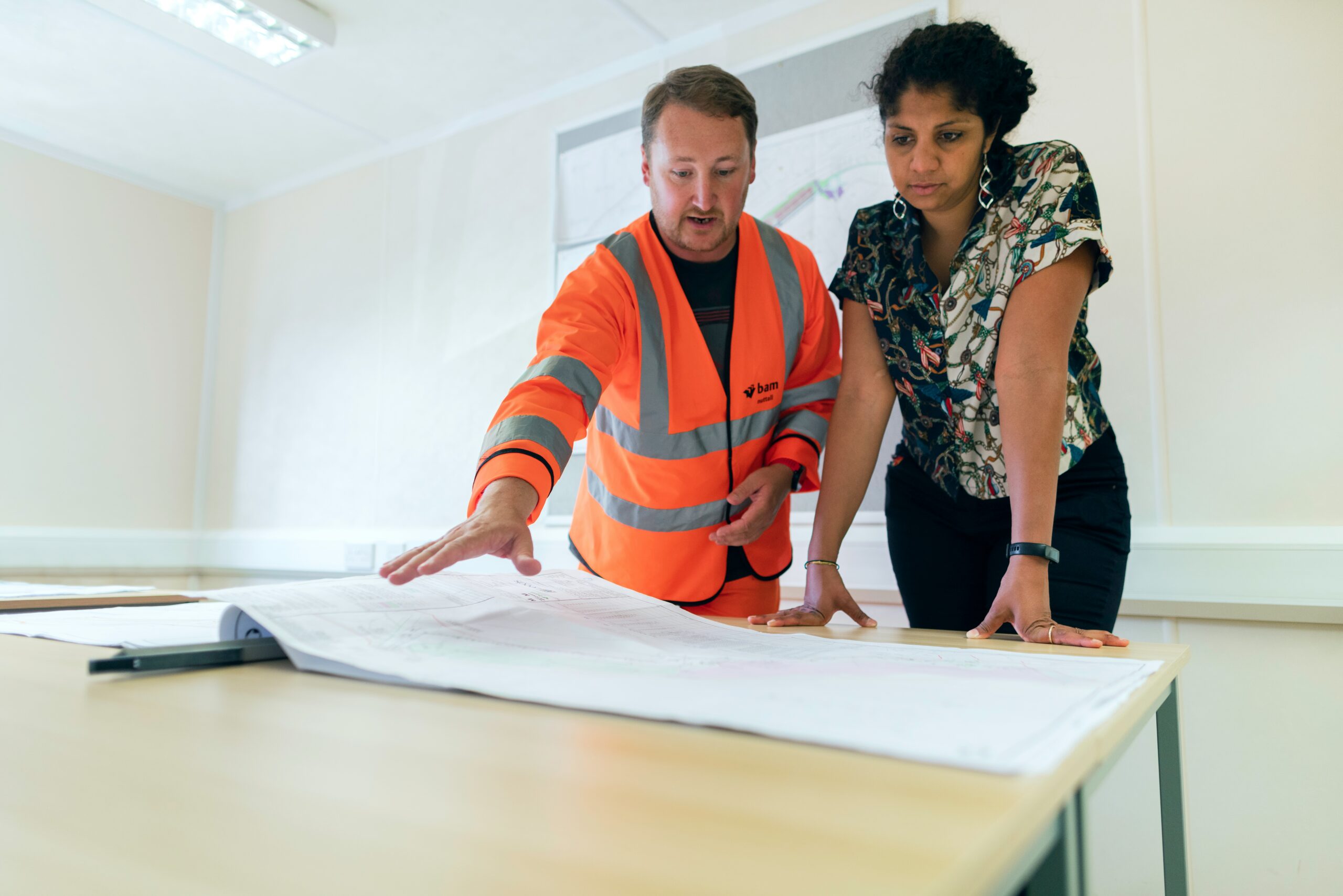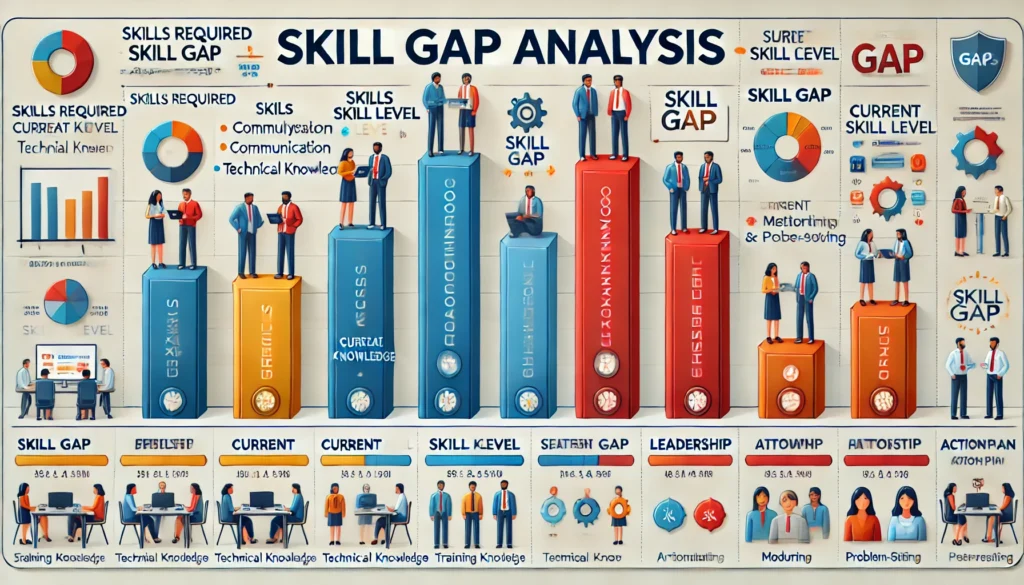Critical Thinking: A Guide to Sharpening Your Analytical Skills

Introduction to Critical Thinking
Critical thinking is the mental process of carefully analyzing, evaluating, and synthesizing information in a logical manner. It helps us understand complex situations, make informed decisions, and solve problems effectively. This skill is essential for navigating the fast-paced, information-rich world we live in. Without it, we may fall prey to misinformation, biased judgments, or poor decision-making.
Why Critical Thinking Matters
Critical thinking is necessary in all aspects of life—from professional settings to personal relationships. In today’s world, where we are bombarded with endless information, critical thinking allows us to discern fact from fiction, assess the credibility of sources, and make logical choices. It fosters intellectual curiosity, promotes independent thinking, and encourages open-mindedness. Furthermore, it enables us to question assumptions and challenge our beliefs, leading to growth and a deeper understanding of the world.
Developing Critical Thinking Skills
While some may naturally excel in critical thinking, it is a skill that anyone can improve. Here are a few strategies to develop your critical thinking:
- Ask Thought-Provoking Questions: Dive deeper into a topic by asking “why,” “how,” and “what if” questions. This helps you explore various angles and encourages a deeper understanding.
- Seek Diverse Perspectives: Engaging with people from different backgrounds or viewpoints broadens your thinking and helps you evaluate a situation more objectively.
- Evaluate Information Objectively: Critically assess information by considering its source, evidence, and possible biases. This ensures that your decisions are based on reliable, accurate data.
The Critical Thinking Process
Critical thinking follows a clear, structured process to guide decision-making:
- Identify the Problem: Clearly define the problem or question at hand to ensure you understand the issue before proceeding.
- Gather Information: Collect relevant data or research related to the problem. This step is crucial for understanding the full scope of the issue.
- Analyze and Evaluate: Carefully examine the information, considering its validity and potential biases.
- Generate Solutions: Brainstorm potential solutions or approaches to address the problem, considering all possible outcomes.
- Make the Decision: Evaluate the pros and cons of each solution and choose the one that aligns best with your goals.
- Reflect: After implementing the solution, reflect on the outcomes to learn and adjust for the future.
Techniques to Aid Critical Thinking
To sharpen your critical thinking, you can use several tools and frameworks, such as:
- SWOT Analysis: Identify strengths, weaknesses, opportunities, and threats related to a particular decision or situation.
- Decision Matrix: Systematically compare different options based on pre-set criteria to evaluate the best solution.
- De Bono’s Six Thinking Hats: Consider a problem from multiple perspectives (facts, emotions, creativity, etc.) to generate more rounded solutions.
- Logic Models: Represent cause-and-effect relationships to understand the reasoning behind actions or decisions.
Overcoming Obstacles to Critical Thinking
Critical thinking can be hindered by biases, emotions, or flawed reasoning. Here’s how to overcome common obstacles:
- Confirmation Bias: Avoid seeking only information that supports your existing beliefs. Actively seek diverse viewpoints.
- Emotional Bias: Recognize how emotions may cloud judgment, and take time to reflect before making decisions.
- Cognitive Biases: Be aware of biases like the availability bias or anchoring bias, which may skew your perception and reasoning.
Practical Applications in Everyday Life
Critical thinking is not just for the workplace or academic environments—it is valuable in daily life as well. Examples include:
- Media Consumption: Evaluate news, advertisements, and social media critically to avoid misinformation and form well-rounded opinions.
- Relationships: Use critical thinking to navigate disagreements or conflicts, considering the perspectives of others and finding balanced solutions.
- Personal Development: Regularly reflect on your beliefs, assumptions, and decision-making processes to foster continuous growth.
Critical Thinking in Decision-Making and Problem-Solving
Critical thinking enhances decision-making and problem-solving by providing a structured, logical approach. When faced with a decision, critical thinkers:
- Define the Criteria: Establish the most important factors for making an informed decision.
- Analyze the Evidence: Gather relevant information and assess its validity before acting.
- Weigh the Options: Consider the short-term and long-term consequences of each potential choice.
- Select the Best Solution: After evaluating options, choose the one that best aligns with your goals and values.
Conclusion
Critical thinking is an essential skill for navigating life’s challenges. It helps us make informed decisions, solve problems effectively, and approach situations with clarity and logic. By developing this skill, we become more equipped to face uncertainties and make choices that benefit our personal and professional lives. Through constant practice and reflection, critical thinking can lead to greater success, innovation, and personal growth.






Responses